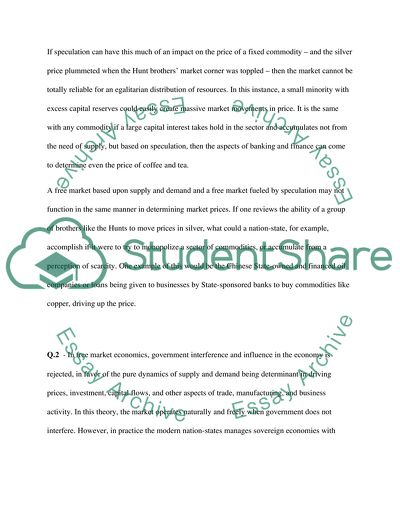Cite this document
(European Tax Havens Assignment Example | Topics and Well Written Essays - 2500 words - 1, n.d.)
European Tax Havens Assignment Example | Topics and Well Written Essays - 2500 words - 1. Retrieved from https://studentshare.org/macro-microeconomics/1574703-economics
European Tax Havens Assignment Example | Topics and Well Written Essays - 2500 words - 1. Retrieved from https://studentshare.org/macro-microeconomics/1574703-economics
(European Tax Havens Assignment Example | Topics and Well Written Essays - 2500 Words - 1)
European Tax Havens Assignment Example | Topics and Well Written Essays - 2500 Words - 1. https://studentshare.org/macro-microeconomics/1574703-economics.
European Tax Havens Assignment Example | Topics and Well Written Essays - 2500 Words - 1. https://studentshare.org/macro-microeconomics/1574703-economics.
“European Tax Havens Assignment Example | Topics and Well Written Essays - 2500 Words - 1”, n.d. https://studentshare.org/macro-microeconomics/1574703-economics.


